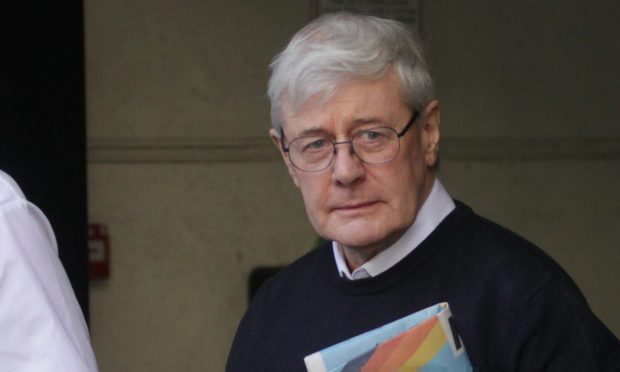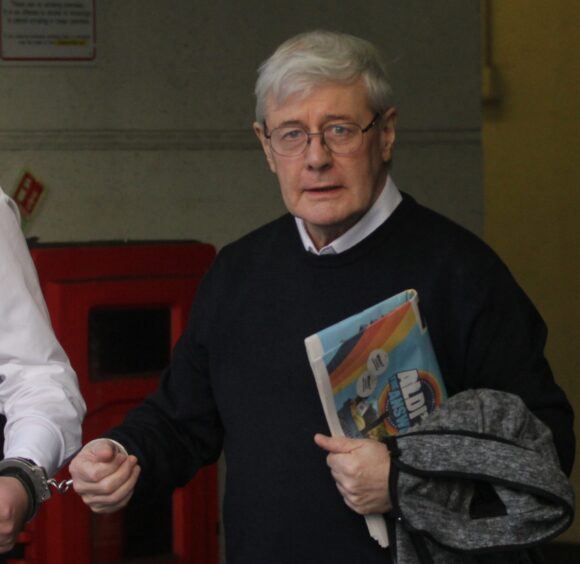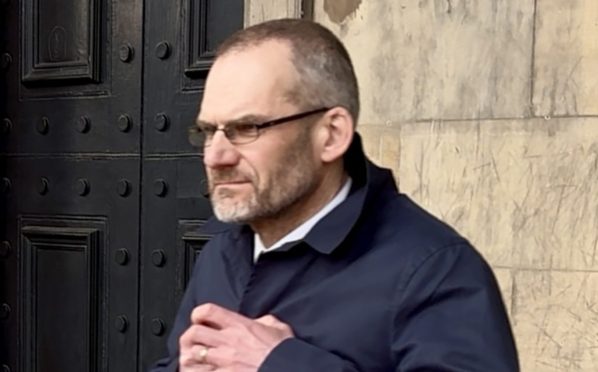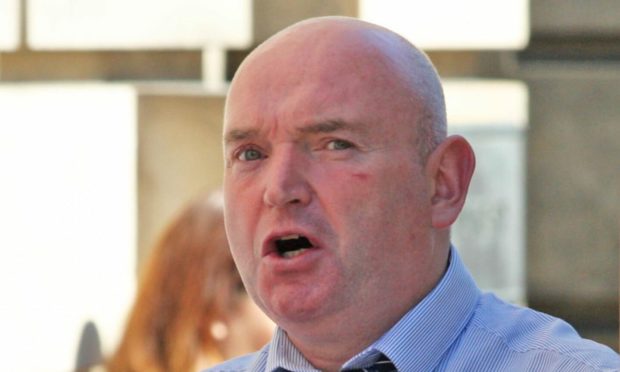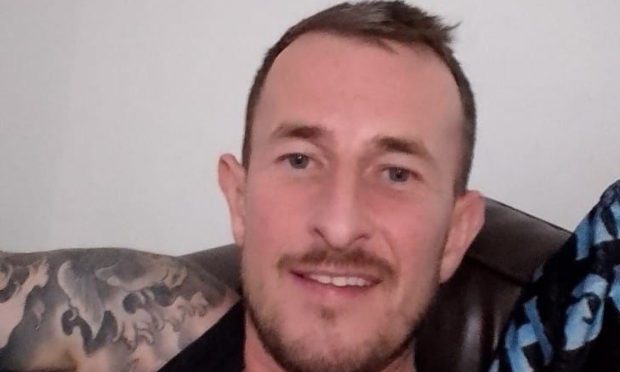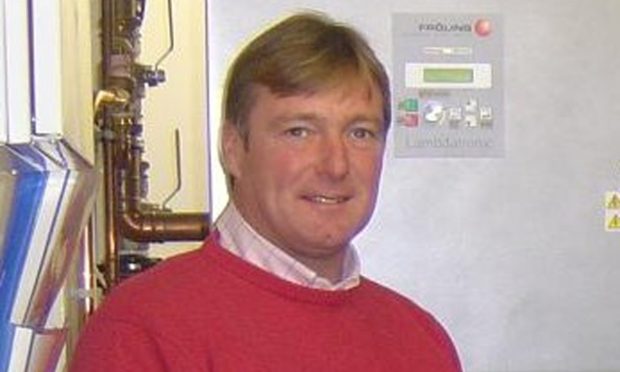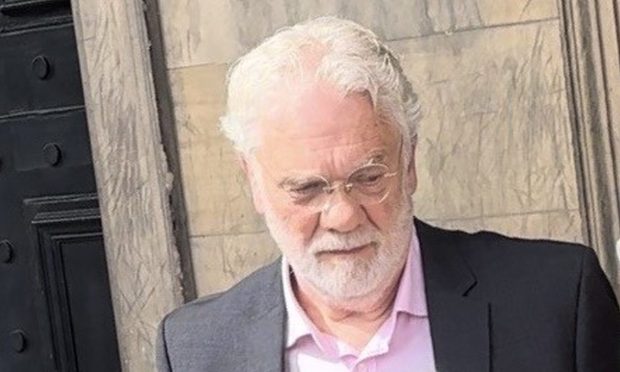A St Andrews theology student who carried out sex attacks during fake examinations following the Chernobyl nuclear disaster could be facing a life sentence.
Funeral celebrant John Beaumont struck at St Andrews University between 1986 and 1988, lying he was conducting radiation testing, while actually sexually assaulting his duped victims.
The now 65 year-old targeted three fellow students – two male and one female.
Beaumont – a former trainee church minister – appeared in the dock at the High Court in Glasgow on Tuesday.
He had pled guilty in October to three charges of indecent assault.
Beaumont is currently serving 13 and a half years in jail after admitting in 2017 similar offences at a court in Manchester.
Lord Mulholland did not sentence him but asked for a full risk assessment to be carried out on the pervert.
This could lead to an Order for Lifelong Restriction (OLR) eventually being imposed.
The judge said the content of a pre-sentencing social work was “alarming” but no further details were revealed.
Lord Mulholland told Beaumont that he had “a duty to protect the public”.
He added: “At this stage, there is no guarantee an OLR will be imposed – that will depend what the evidence and reports tell me.”
The case will call again on March 4 2024 in Livingston.
What is an OLR?
An OLR is a lifelong sentence imposed in the High Court for the most serious violent offences, other than murder, including, according to the Scottish Sentencing Council “a serious sexual offence, an offence which endangers life, or an offence which indicates a tendency to serious violent, sexual or life-endangering offending.”
They are designed to protect the public where “there is a likelihood that the offender will in the future seriously endanger the lives, or physical or psychological well-being, of members of the public, if he or she is not in custody.”
An OLR includes a punishment element, set by the judge, of a minimum period in prison before parole can be considered.
Even after being deemed safe for release, the offender will remain under strict social work supervision and can be returned to prison of further crime is committed.
Victim’s cancer terror
Prosecutor John McElroy KC told the hearing in October one victim recalled after the Chernobyl nuclear disaster in the former Soviet Union there were concerns about the effects of radiation.
The April 1986 nuclear reactor meltdown threw up radiation particles which affected much of Europe.
Beaumont claimed he was working for the Ministry of Defence (MoD) and showed the fellow student a form of identification.
The pervert stated he was carrying out “sampling” as certain individuals had “a type of protein” that reacted adversely to the nuclear radiation from Chernobyl.
Mr McElroy said: “Beaumont said he had been tasked to take discreet and secret samples from these individuals for monitoring.”
Beaumont further claimed to one male the testing was for the victim’s “own good” as there was an increased risk of cancer.
The advocate depute said “On hearing this, the man was terrified and believed what Beaumont was telling him was true.”
Beaumont produced a briefcase with a Geiger counter inside and copies of an Official Secrets non-disclosure agreement.
There was also a box of rubber gloves and a number of syringes.
Mr McElroy said: “The man recalled he felt terrified and dismayed throughout this examination by Beaumont.”
Beaumont later told him the MoD were “happy” with the test results but added further checks on the victim were required.
In a diary entry, the student wrote: “Today I had to give J samples, which was embarrassing, but joy, all is over now. Free again.”
He calculated Beaumont jabbed him with a syringe more than 50 times.
Sexually assaulted two more people
The second male victim said Beaumont told him he needed to assess radiation in his body and was instructed to sign the Official Secrets Act.
The third student described Beaumont as very convincing, leading her to undress in front of him before being assaulted.
Janice Green, defending, said Beaumont had latterly been working as a self-employed funeral celebrant for 17 years.
For more local court content visit our dedicated page or join us on Facebook.
